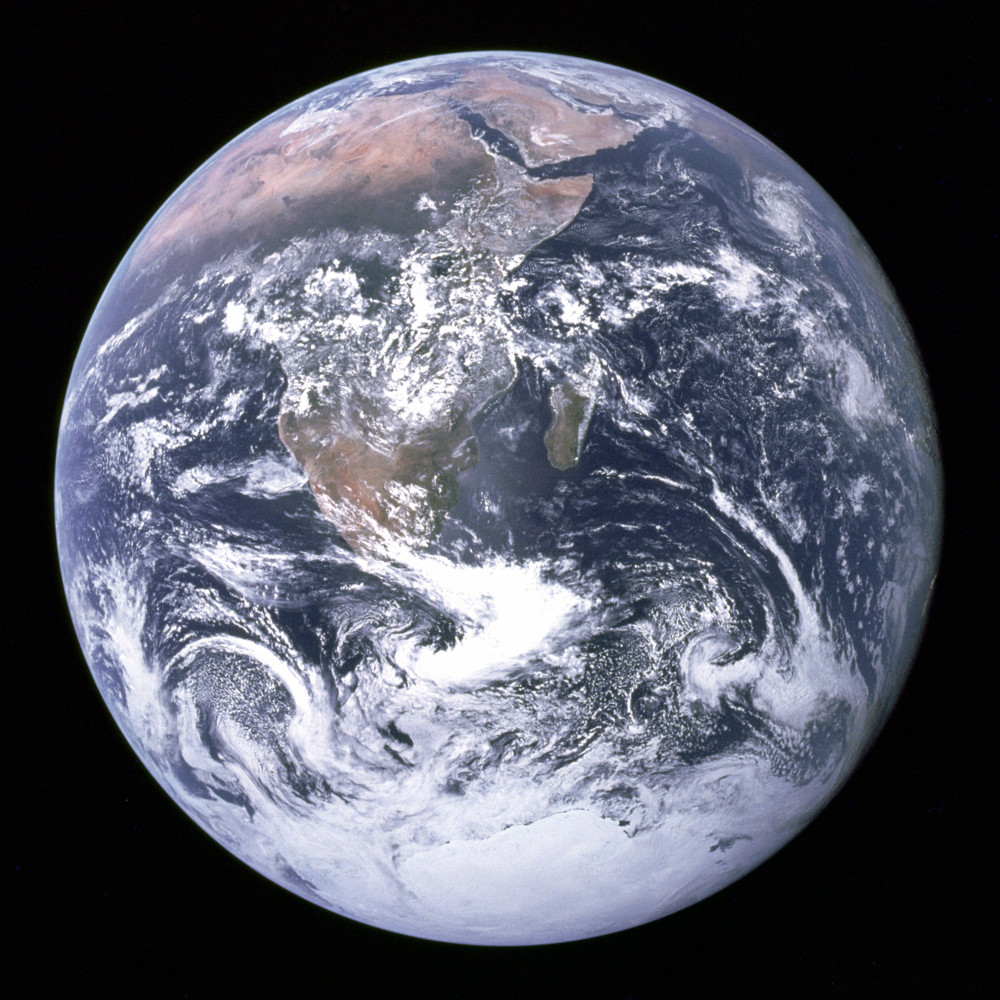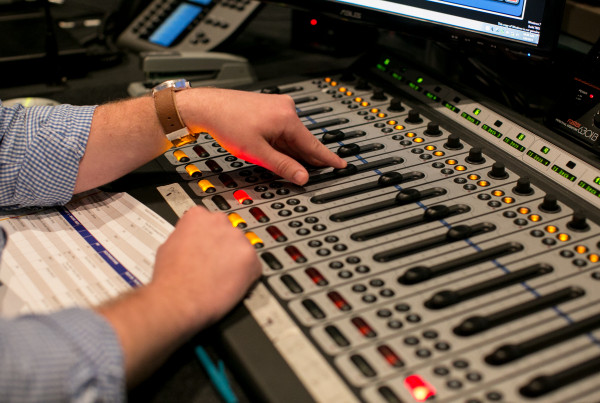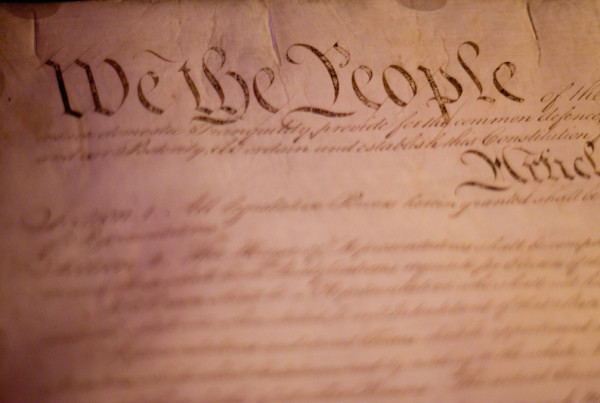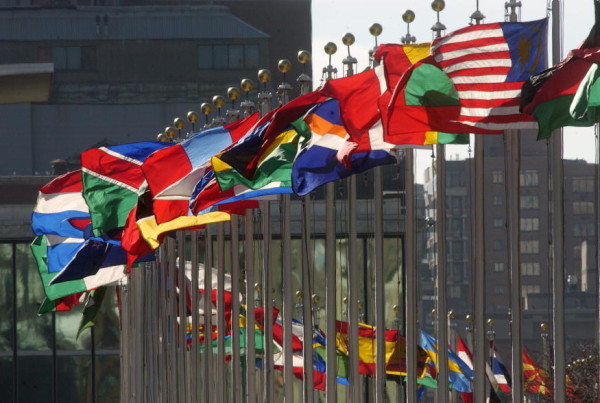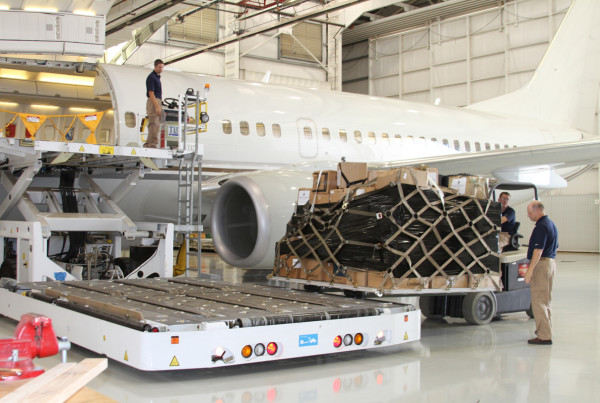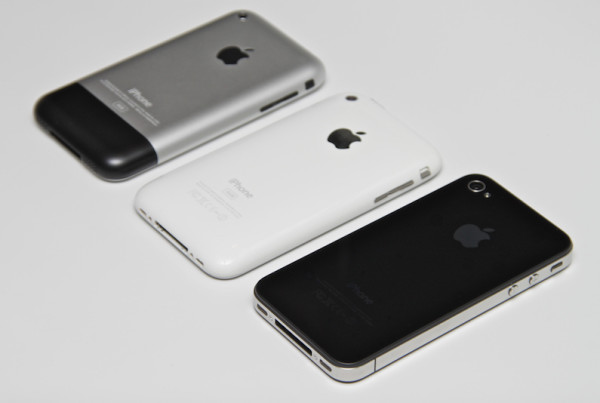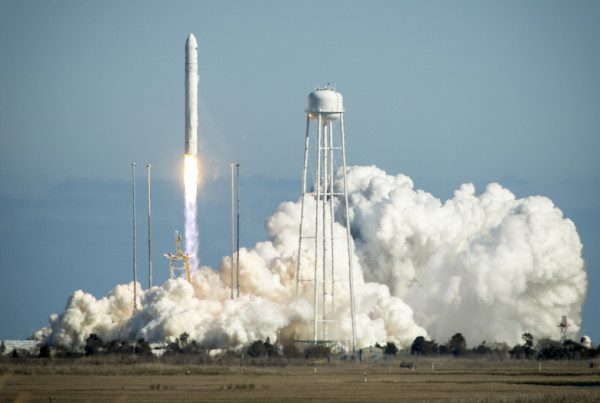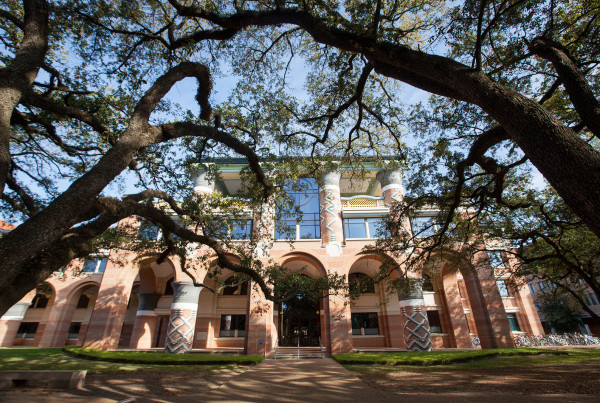This story originally appeared on Houston Public Media.
An announcer says in a 1950s newsreel: “The first artificial earth satellite in the world has now been created. This first satellite was today successfully launched in the U.S.S.R.”
The Space Race of the 50’s and 60’s was driven by geopolitics. But since then, cooperation between Russia and the U.S. has become significant. It all began with the Apollo-Soyuz Test Project in 1975 — the first joint U.S.-Soviet space flight.
The next three crew members for the International Space Station includes two Russian cosmonauts and astronaut Jeff Williams.
Williams is making his fourth trip into space and knows about the need for cooperation.
“And then going through the technical challenges of developing the operations during phase one — the Shuttle/MIR program — so that we would learn how to work with each others’ systems and get to know one another to prepare us for the ISS,” Williams says. “And then building the ISS over many years with many challenges — the partnership working together to do all of that. And to me, it’s fair to argue that the greatest achievement of the space station program is the space station itself.”
Williams says the Russians have been great partners. Cooperation now includes regularly-launched resupply spacecraft.
Transports to and from the International Space Station are via Russian spacecraft. A Soyuz spacecraft always remains docked to the ISS to serve as a crew return vehicle.
“The impression out there is that we’re dependent on the Russian side for access, and certainly there’s some truth in that. But the Russian side has been great partners with us on the ISS program and we chose to retire the shuttle and there was rationale to do that. But the Soyuz, in terms of the space station program, has been in the program since the beginning.”
Alexey Ovchinin is making his first trip into space.
“I have been getting ready for nine years, training on the Russian segment systems in Russia and on the U.S. segment systems in the United States. So the crew is completely ready,” Ovchinin says.
This next launch will be the second flight into space for cosmonaut Oleg Skripochka. His first landing was rough, when the parachute dragged the capsule on the ground.
“So, we had landed on the ground, and then we were pulled by parachute for 100 meters, about,” Skripochka says. “And we were rotating inside capsule. Yeah, I didn’t feel well!”
Soviet leader Leonid Breshnev, at the time of the first Apollo-Soyuz joint mission, said that space travelers from both countries see the same world from outer space. He said our planet looks even more beautiful, and it’s big enough for us to live peacefully on it.
Jeff Williams agrees that astronauts are in a special position to see the world. You can’t see political boundaries from space.
“And you’ve heard this from crew members before,” Williams says. “We hope that the International Space Station can serve as an example to the world to temper geopolitical conflicts and help set an example to the world to cooperate.”
Besides ongoing scientific experiments, the primary task for the three new crew members will be to prepare for the arrival of a docking apparatus for future commercial crews. They’ll launch on a Russian Soyuz spacecraft on March 18th, and will be part of the ISS crew through September.
And NASA says it’s working with the Russian space agency to build a new space station for when the ISS is retired in 2024.


